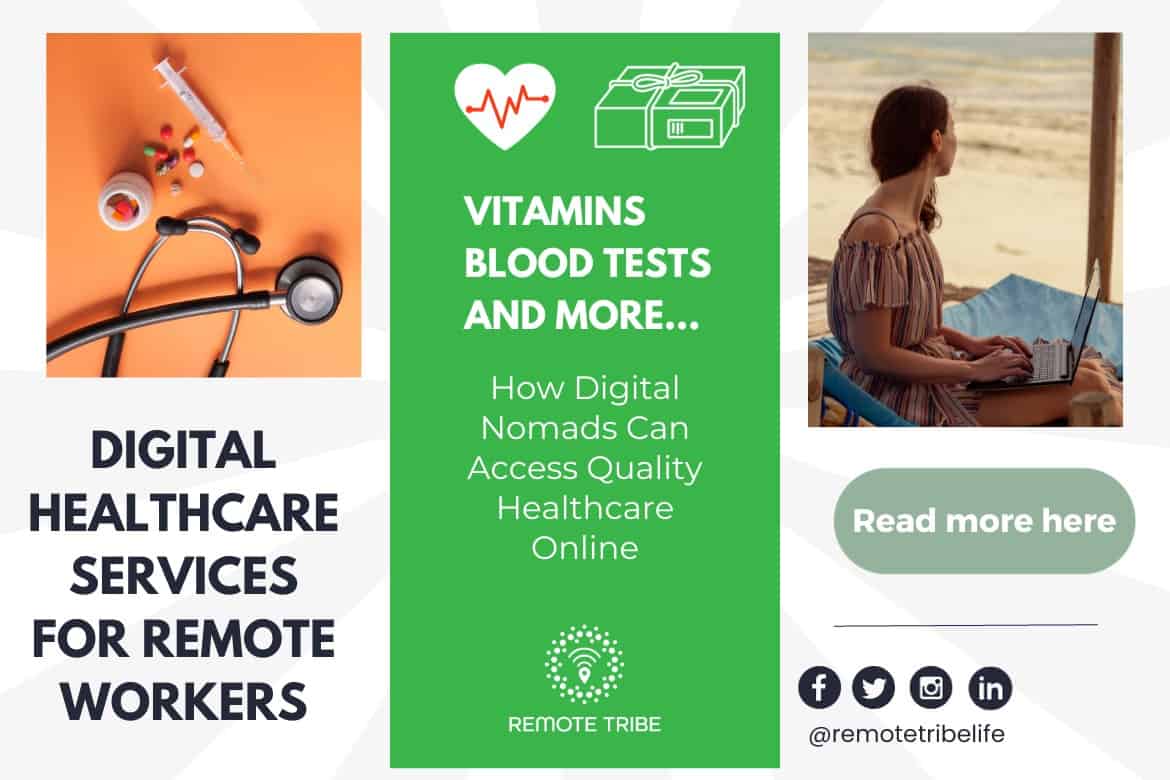Why Subscription Based Healthcare is Gaining Popularity Among Patients Today
Why Subscription Based Healthcare is Gaining Popularity Among Patients Today
Blog Article
Comprehending the Cost-Effectiveness of Subscription-Based Health Care Models
As the healthcare landscape advances, subscription-based versions emerge as a compelling choice, guaranteeing to redefine how people take care of medical expenses. Examining these designs' cost-effectiveness demands a nuanced comparison with conventional insurance, considering both economic implications and client satisfaction.
Overview of Subscription-Based Models
Subscription-based medical care versions, sometimes described as direct health care or attendant medication, are significantly obtaining attention as a possible remedy to inefficiencies within typical medical care systems. These designs run on the concept of offering people straight accessibility to doctor through a regular monthly or annual charge, bypassing the need for conventional insurance systems. This arrangement aims to improve patient-provider interactions by decreasing management problems, which commonly impede timely and tailored treatment.
At the core of subscription-based versions is the focus on a more individualized patient experience. People gain from enhanced access to their doctors, typically consisting of same-day or next-day consultations, extended appointment times, and direct interaction channels such as phone or video clip telephone calls. This design cultivates an aggressive technique to medical care, where people and service providers can collaboratively focus on preventative care and persistent illness management.

Price Contrast With Standard Insurance

One of the key financial advantages of membership models is transparency in expenses. On the other hand, standard insurance may be more beneficial for individuals requiring specialized treatment or expensive treatments not covered under a registration design, as they benefit from the wider protection network and cost-sharing systems.
However, cost-effectiveness is context-dependent. While membership models might use savings for those primarily needing medical care, people with chronic problems or specialized healthcare requirements might discover standard insurance coverage extra comprehensive. As a result, evaluating details medical care requirements and potential usage is essential in identifying one of the most cost-efficient alternative for individuals.
Influence on Patient Fulfillment
Client fulfillment within subscription-based healthcare designs typically shows a significant enhancement over standard insurance coverage systems. Unlike traditional systems, where patients might experience delays in obtaining care, subscription-based models make certain even more timely and direct interactions with health care providers.
In addition, the openness in navigate here expenses related to subscription-based medical care minimizes the usual frustrations connected to unanticipated fees and complicated payment processes seen in traditional insurance (subscription based healthcare). Patients appreciate understanding the precise financial commitment upfront, resulting in increased trust fund and self-confidence in their healthcare monitoring
Additionally, the emphasis on precautionary treatment and wellness in subscription models adds to boosted health results, even more enhancing person fulfillment. By concentrating on ongoing wellness maintenance instead of episodic treatment, clients experience an even more constant and all natural medical care trip.
Additionally, the improved provider-patient connection cultivated in these designs, characterized by more time invested per patient and personalized attention, plays a critical role in elevating individual fulfillment degrees, as people really feel really cared for and understood.
Supplier Viewpoints and Experiences
From the provider's viewpoint, subscription-based healthcare models offer a transformative strategy to providing medical services. These versions emphasize a positive and preventative health care method, allowing companies to concentrate on thorough individual care without the constraints of traditional fee-for-service plans (subscription based healthcare). This shift in emphasis commonly causes enhanced person results and raised provider fulfillment, as healthcare professionals can assign even more time and sources to client involvement and individualized treatment strategies
Furthermore, registration designs promote predictable revenue streams, which boost economic security for doctor. This predictability permits boosted resource preparation and allowance, adding to a more effective healthcare distribution system. Suppliers can invest in team training, infrastructure, and modern technology enhancements, thereby enhancing the high quality of care used.
Nonetheless, the shift to subscription-based designs is not without difficulties. Carriers must adapt to new functional structures, which can involve significant changes in payment methods and person administration systems. Additionally, there is an integral Read More Here need for robust information monitoring to track patient end results and guarantee high quality care. Despite these hurdles, lots of suppliers locate that the advantages of raised client interaction and structured procedures exceed the preliminary challenges, making subscription-based versions an appealing choice.
Future Leads and Obstacles

A main obstacle is regulatory compliance, as subscription versions should stick to developing healthcare go to website policies and insurance coverage demands. This necessitates continual adjustment and technology to make certain alignment with legal standards. In addition, integrating these designs right into existing medical care infrastructures can be complex, needing significant financial investments in innovation and training.
There is also the prospective risk of creating injustices in health care gain access to, as subscription versions may favor those that can manage them, leaving at risk populaces underserved. Resolving this requires thoughtful consideration of prices techniques and subsidy mechanisms to ensure inclusivity.
Final Thought
Subscription-based medical care versions provide a sensible choice to traditional insurance coverage by supplying economic predictability and openness, particularly profiting people with chronic conditions or frequent medical care needs. The cost-effectiveness of these models is contingent upon private healthcare use patterns and scenarios. While they may enhance client contentment and improve budgeting, obstacles remain in resolving specialized treatment demands. Future factors to consider consist of stabilizing comprehensive protection with affordability and integrating these designs within the broader healthcare system for ideal outcomes.
Subscription-based healthcare models, occasionally referred to as direct main care or concierge medicine, are significantly acquiring interest as a potential service to inefficiencies within typical healthcare systems. Unlike standard systems, where clients might experience hold-ups in receiving treatment, subscription-based models make sure more prompt and straight communications with health care companies.
These designs highlight a proactive and preventative health care strategy, enabling companies to focus on comprehensive individual treatment without the restraints of conventional fee-for-service plans. As these designs continue to gain traction, they provide the possible to transform patient access to care, streamline service distribution, and maximize medical care spending.Subscription-based healthcare versions provide a feasible choice to traditional insurance coverage by supplying financial predictability and transparency, specifically benefiting people with chronic conditions or regular health care demands.
Report this page